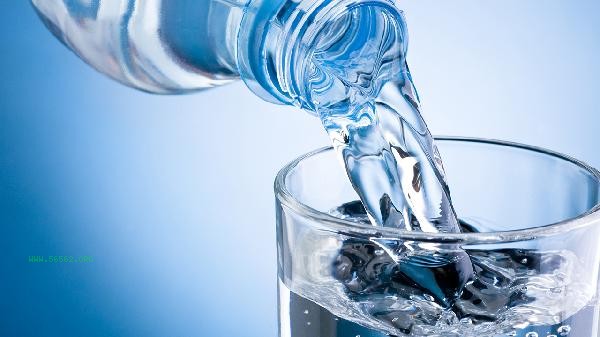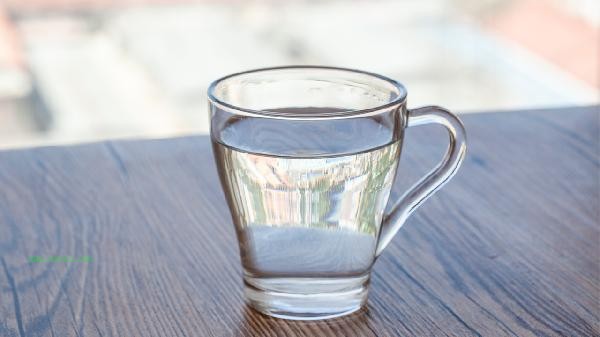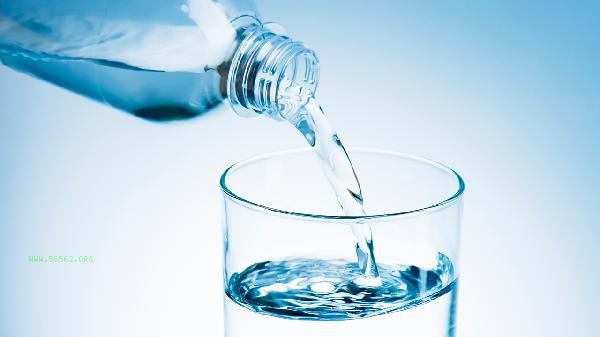Floating oil on the surface of ponds can be removed through physical adsorption, biodegradation, chemical treatment, mechanical salvage, and plant purification. Floating oil is mainly caused by rainwater erosion, industrial discharge, domestic sewage, oil spills, and natural sedimentation.

1. Physical adsorption
The use of adsorption materials such as oil absorbing felt or activated carbon can effectively remove floating oil on the water surface. Oil absorbing felt is made of polypropylene fibers, which can quickly absorb oil stains without absorbing water, making it suitable for small area oil stain treatment. Activated carbon has a porous structure and strong adsorption capacity for oils and fats, but it needs to be replaced regularly. During operation, the adsorbent material should be evenly spread on the surface of the oil film, and promptly recovered and processed after saturation.
2. Biodegradation
The use of petroleum degrading bacterial agents can decompose oil pollutants. This type of microorganism includes Pseudomonas and Acinetobacter, which break down oil into carbon dioxide and water through enzymatic reactions. Biological methods are suitable for long-term management, but they require maintaining dissolved oxygen levels and suitable temperatures in the water. Attention should be paid to avoiding excessive use of microbial agents that can cause ecological imbalance in water bodies.
3. Chemical treatment
Spraying oil dispersant can emulsify the oil film and form tiny particles. Chemical agents can reduce the interfacial tension between oil and water, but may be toxic to aquatic organisms. This method is commonly used in marine oil spill accidents, and the dosage of freshwater ponds needs to be strictly controlled. After treatment, water quality changes need to be monitored.

4. Mechanical salvage
uses a skimmer or oil boom in conjunction with manual salvage to quickly remove floating oil. The skimmer collects surface oil stains through a rotating belt or vacuum device, suitable for treating large areas of oil film. Oil containment booms can prevent the spread of oil pollution, but they need to be used in conjunction with oil suction equipment. During operation, attention should be paid to avoiding the secondary spread of oil stains.
5. Plant Purification
Planting aquatic plants such as water hyacinth or cattail can absorb oil and fat from water. The roots of these plants can secrete organic acids to decompose oil stains, and the stems and leaves can block the spread of oil films. The plant method is environmentally friendly, but the effect is slow and requires regular harvesting and treatment of withered plants. Suitable for use in conjunction with other methods.

During daily maintenance, it is necessary to regularly clean up the oil pollution sources around the pond and control the discharge of surrounding catering wastewater. An oil separator can be set at the water inlet to intercept oil pollution, and patrol inspection on the water surface can be strengthened after rainstorm. For aquaculture ponds, low-fat feed should be selected and the feeding amount should be controlled. Long term management suggestions include combining ecological floating island technology to continuously purify water bodies by constructing a plant microbe symbiotic system. If the oil pollution problem continues to worsen, professional environmental protection agencies should be contacted in a timely manner for handling.








Comments (0)
Leave a Comment
No comments yet
Be the first to share your thoughts!